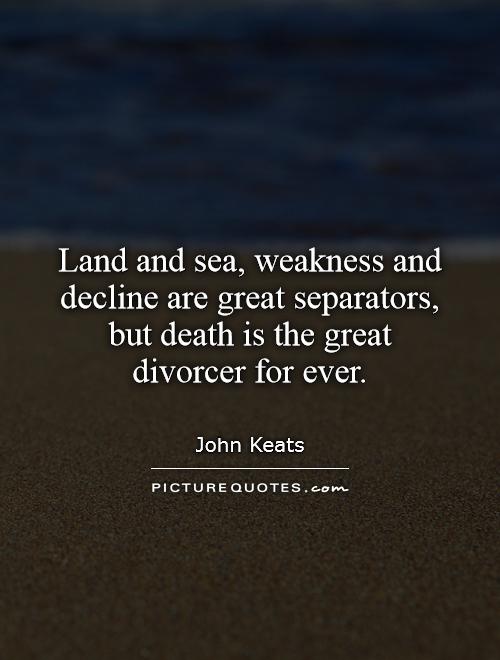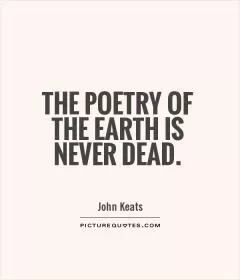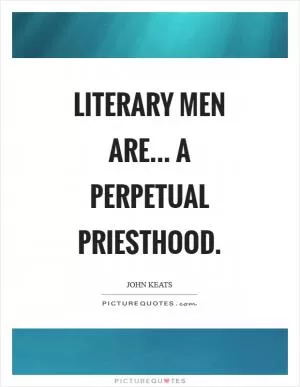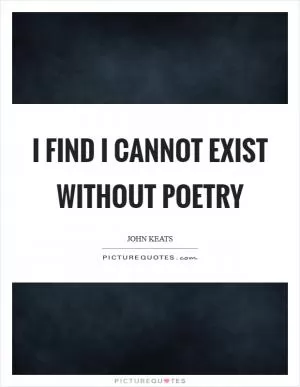Land and sea, weakness and decline are great separators, but death is the great divorcer for ever

Land and sea, weakness and decline are great separators, but death is the great divorcer for ever
John Keats, a renowned English Romantic poet, often explored themes of nature, mortality, and the human experience in his works. In his poem "On the Sea," Keats reflects on the vastness and power of the natural world, drawing parallels between the land and sea as symbols of strength and weakness. He writes, "Land and sea, weakness and decline are great separators, but death is the great divorcer for ever," highlighting the transient nature of life and the inevitability of death as the ultimate separator.Keats uses the contrasting elements of land and sea to illustrate the dichotomy between stability and change, strength and vulnerability. The land represents solidity and permanence, while the sea symbolizes fluidity and impermanence. The poet suggests that weakness and decline are inherent in the natural world, as everything eventually succumbs to the passage of time. However, it is death that ultimately severs all connections and divides the living from the dead.












 Friendship Quotes
Friendship Quotes Love Quotes
Love Quotes Life Quotes
Life Quotes Funny Quotes
Funny Quotes Motivational Quotes
Motivational Quotes Inspirational Quotes
Inspirational Quotes